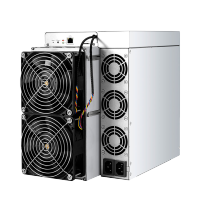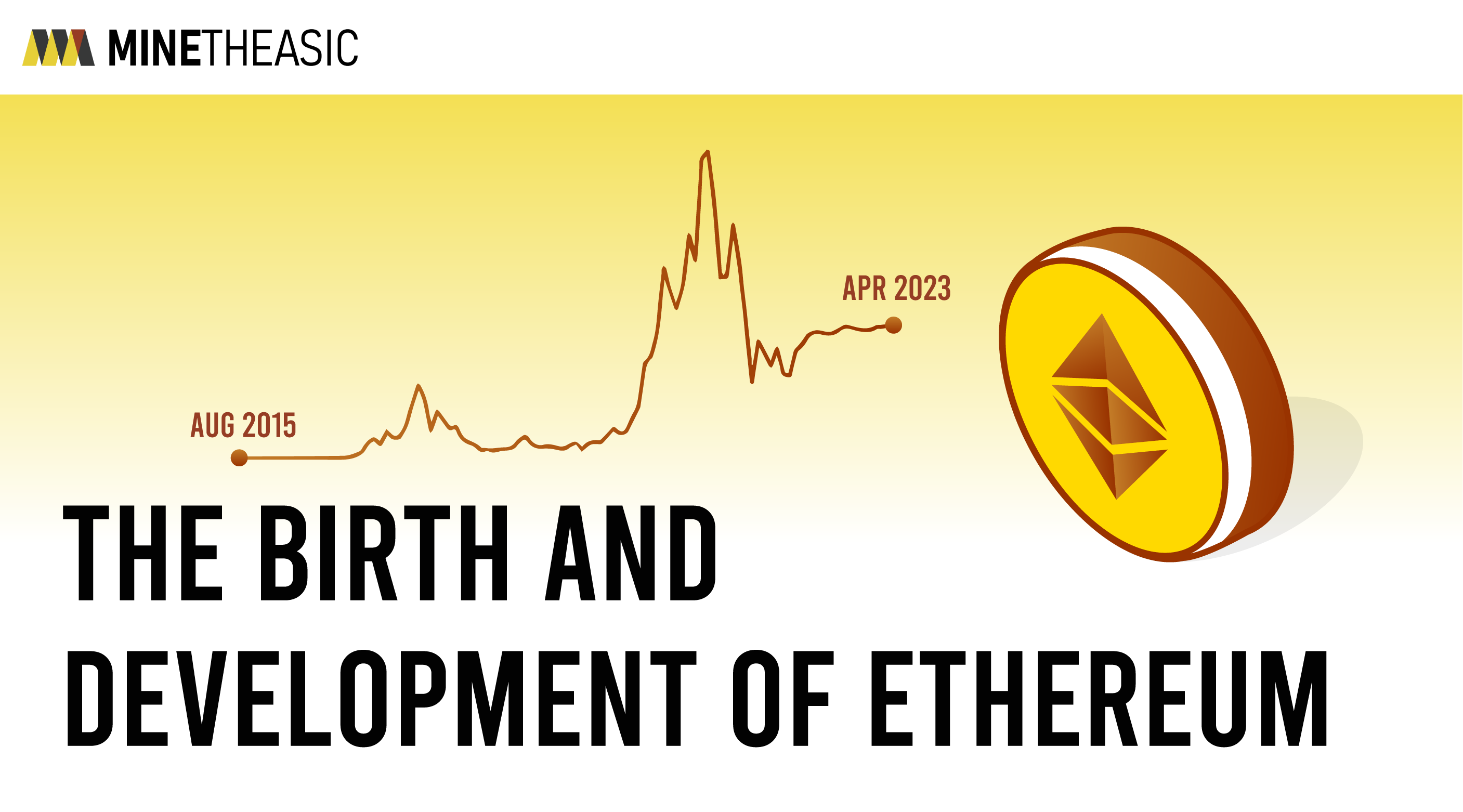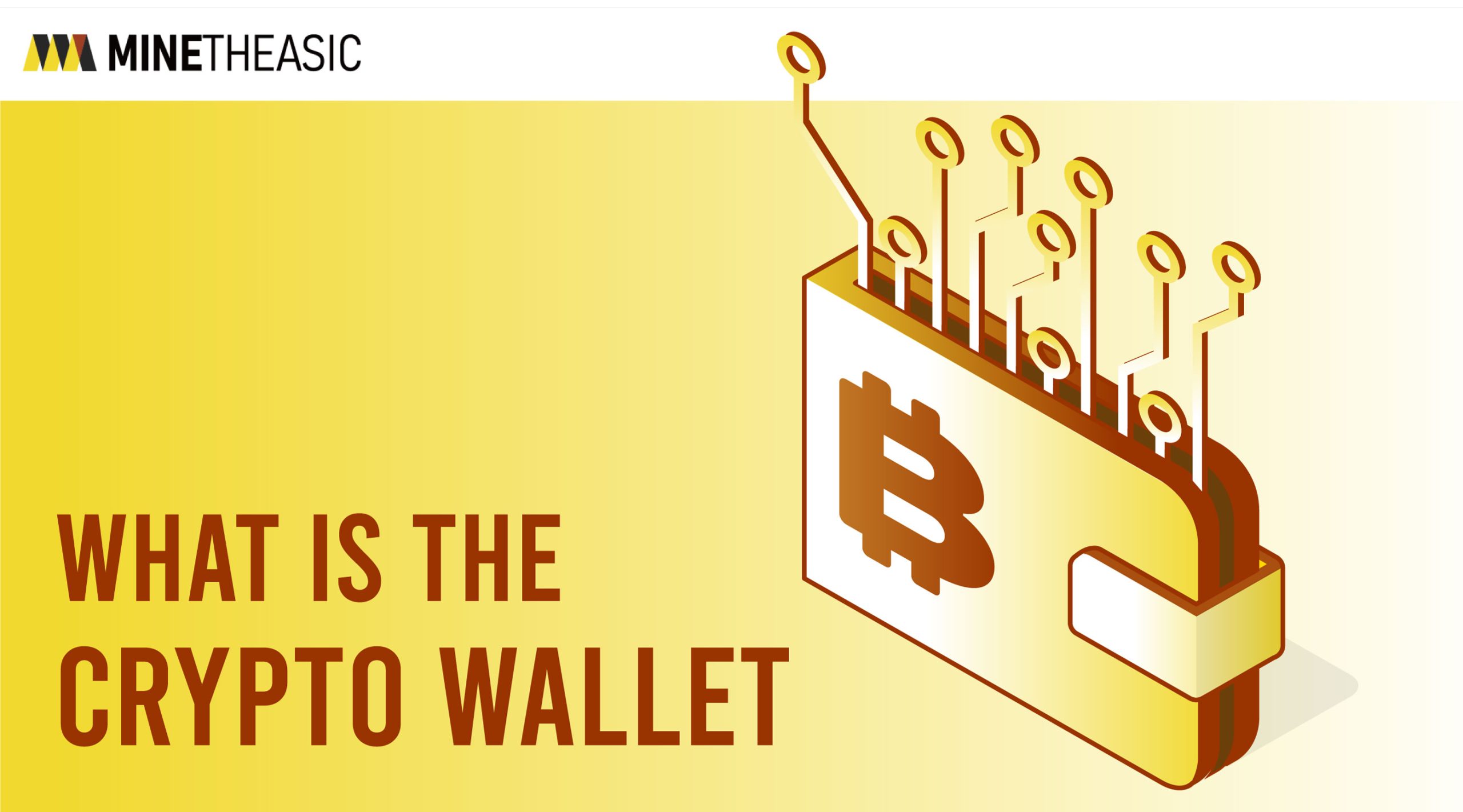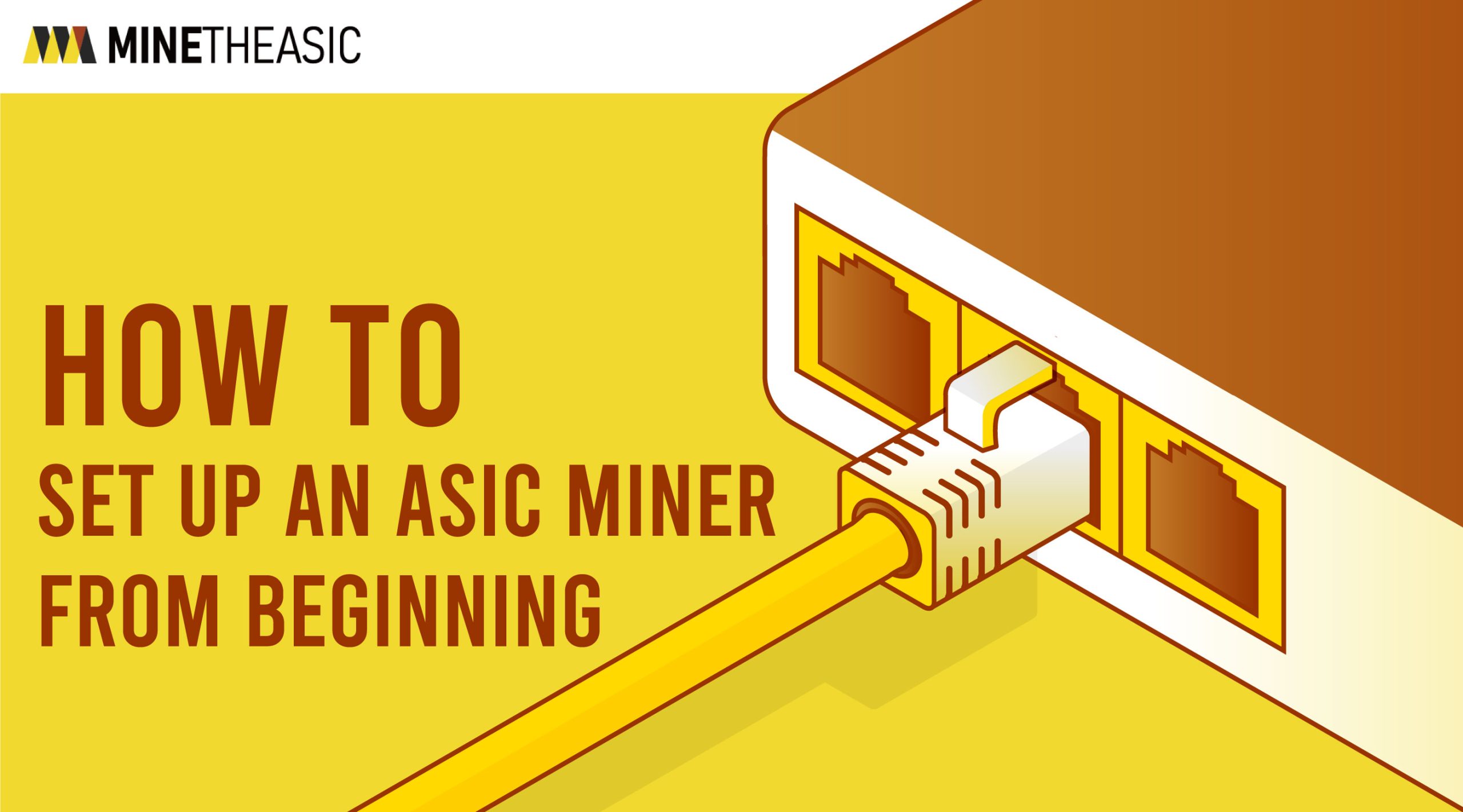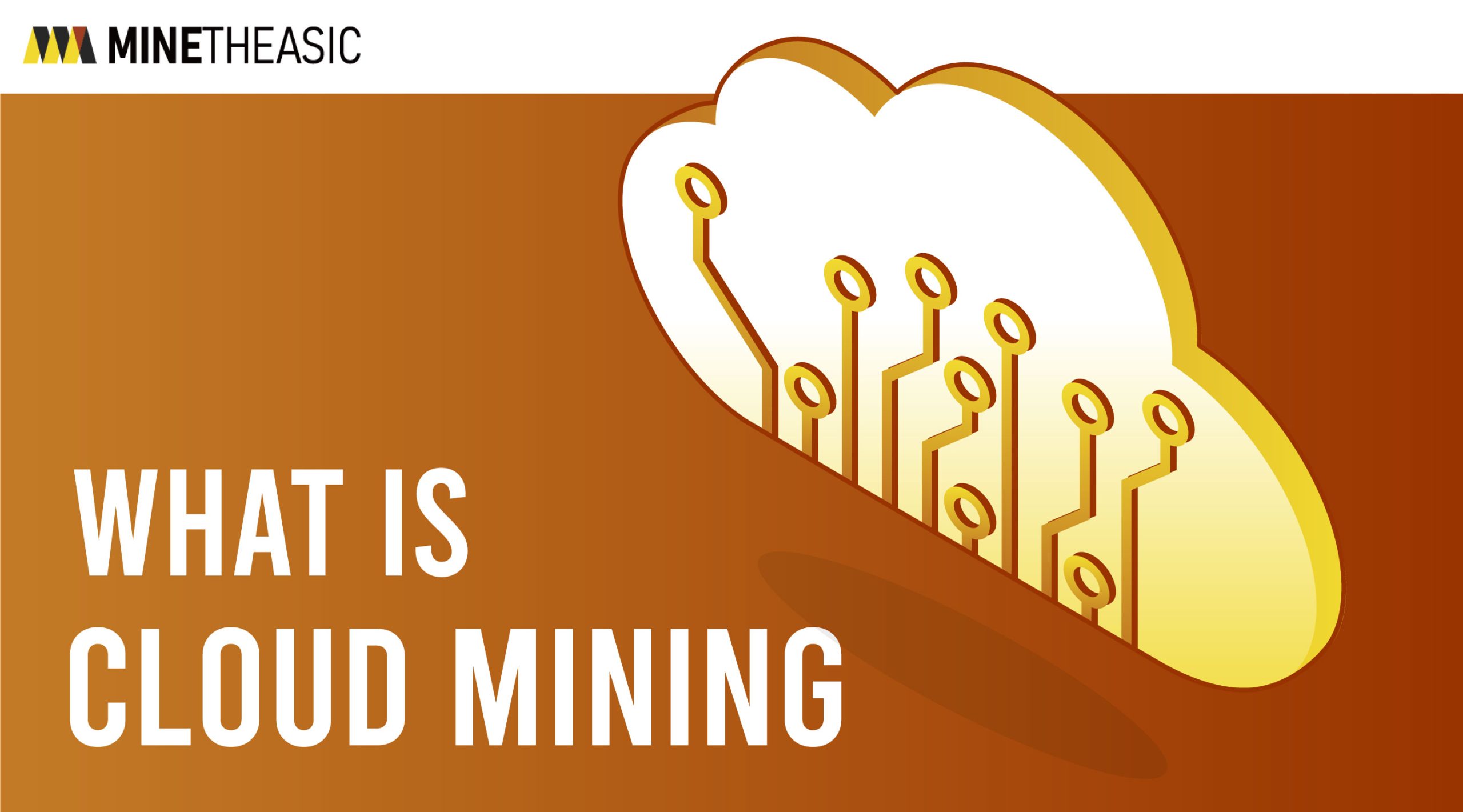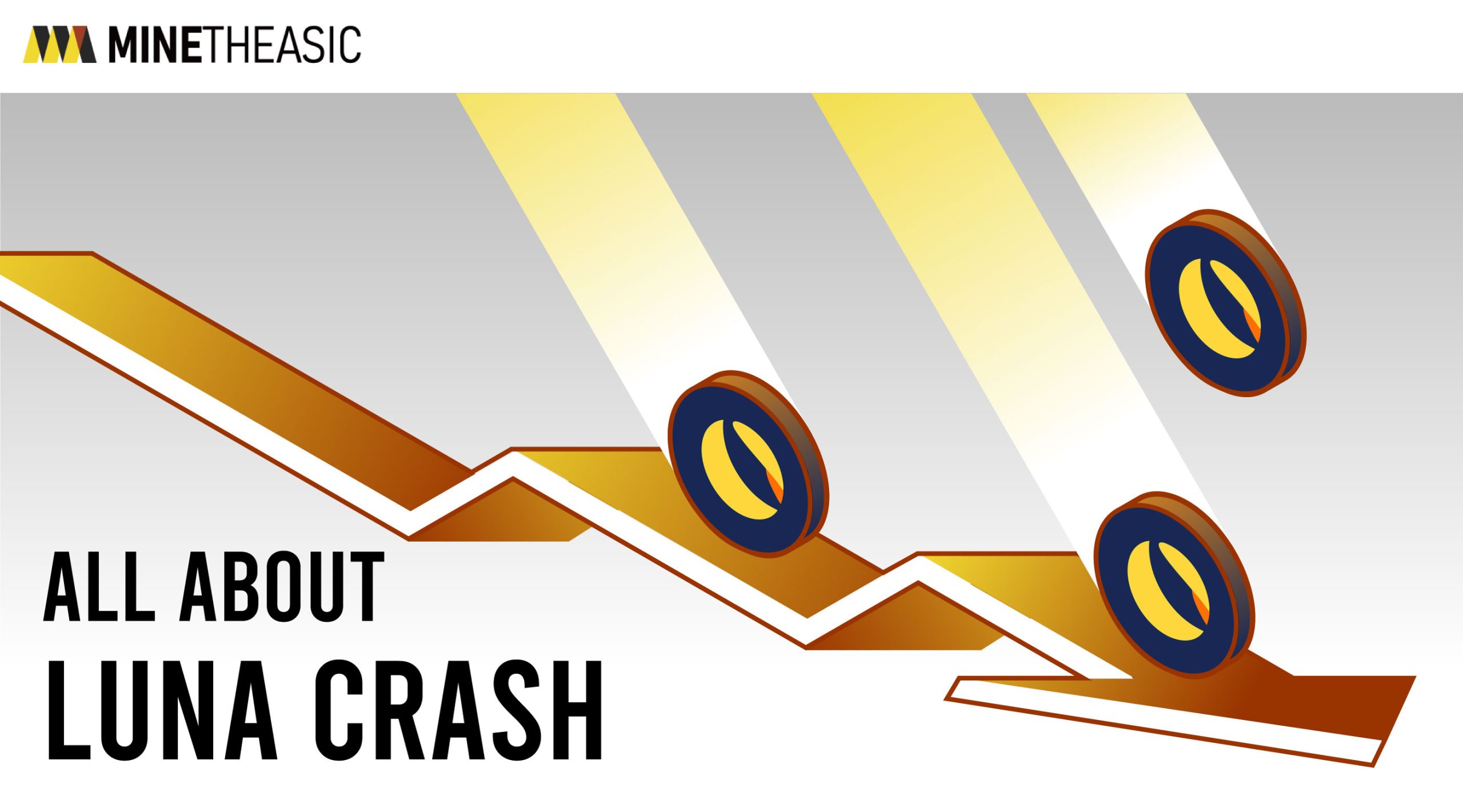As a veteran who has been in the virtual currency world for more than three or four years, NFT must be no stranger, especially when the Bitcoin and Ethereum markets are currently sluggish, how should novices who hold and plan to buy NFT choose and buy? How to make the optimal choice?
What are NFTs
NFTs, or Non-Fungible Tokens, are a type of digital asset that represent ownership of a unique item or piece of content, such as a digital artwork, music file, video clip, or tweet. Unlike traditional cryptocurrencies like Bitcoin or Ethereum, which are fungible and interchangeable, each NFT is unique and can be verified on a blockchain, providing proof of ownership and authenticity.
NFTs have become increasingly popular in recent years, particularly in the world of art and collectibles, where they offer a new way for artists and creators to monetize their work and for collectors to invest in rare or unique items. NFTs are bought and sold on various online marketplaces, with some selling for millions of dollars.
While NFTs offer a new and exciting way for creators and collectors to interact with digital content, there are also concerns around issues such as environmental impact, accessibility, and the potential for fraud or manipulation. As with any new technology or investment, it’s important to carefully consider the potential risks and benefits before participating in the NFT market.

Can NFT be traded?
Yes, NFTs can be traded, bought and sold on various online marketplaces and platforms that support the buying and selling of NFTs. Just like traditional collectibles, the value of an NFT is determined by supply and demand, as well as the perceived value of the digital content it represents.
NFTs are bought and sold using cryptocurrency, and transactions are recorded on a blockchain, which serves as a decentralized ledger that provides a public record of ownership and authenticity. The ownership of an NFT can be transferred between parties by sending the token to a new wallet address.
It’s worth noting that NFTs are a relatively new and emerging market, and there are some concerns around issues such as regulation, security, and environmental impact. As with any investment, it’s important to do your own research and carefully consider the potential risks and benefits before participating in the NFT market.
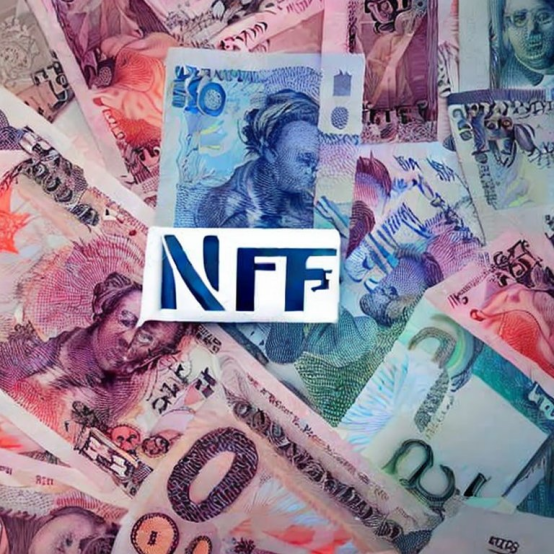
How to get NFT?
To get an NFT, or Non-Fungible Token, you can follow these general steps:
Choose a marketplace: There are several online marketplaces and platforms that specialize in the buying and selling of NFTs, such as OpenSea, Nifty Gateway, and Rarible. Choose a marketplace that suits your needs and preferences.
Create a wallet: You will need a cryptocurrency wallet that supports the type of cryptocurrency used by the marketplace you have chosen. Some marketplaces offer built-in wallets, while others require you to connect an external wallet.
Browse and select an NFT: Once you have created your wallet, you can browse the marketplace to find NFTs that interest you. When you find an NFT you want to purchase, you can place a bid or make a direct purchase.
Payment and transfer: If your bid is accepted, or if you make a direct purchase, you will need to pay for the NFT using the cryptocurrency supported by the marketplace. Once the payment is confirmed, the ownership of the NFT will be transferred to your wallet.
It’s important to note that the process of getting an NFT can vary depending on the marketplace and platform used, and there may be fees or transaction costs associated with buying or selling NFTs. Additionally, not all digital content can be purchased as an NFT, as the creator of the content must choose to create and sell an NFT for their work.
It’s important to do your own research and carefully consider the potential risks and benefits before participating in the NFT market.
How are NFTs traded?
NFTs, or Non-Fungible Tokens, are traded using blockchain technology, which provides a secure and decentralized platform for buying, selling, and transferring digital assets.
The process of trading NFTs typically involves the following steps:
Choose a marketplace: There are several online marketplaces and platforms that specialize in the buying and selling of NFTs, such as OpenSea, Nifty Gateway, and Rarible. Choose a marketplace that suits your needs and preferences.
Create a wallet: You will need a cryptocurrency wallet that supports the type of cryptocurrency used by the marketplace you have chosen. Some marketplaces offer built-in wallets, while others require you to connect an external wallet.
Browse and select an NFT: Once you have created your wallet, you can browse the marketplace to find NFTs that interest you. When you find an NFT you want to purchase, you can place a bid or make a direct purchase.
Payment and transfer: If your bid is accepted, or if you make a direct purchase, you will need to pay for the NFT using the cryptocurrency supported by the marketplace. Once the payment is confirmed, the ownership of the NFT will be transferred to your wallet.
Transfer or sell: You can hold onto the NFT as a digital asset, or you can choose to sell or transfer it to another party by sending it to their wallet address.
It’s important to note that the process of trading NFTs can vary depending on the marketplace and platform used, and there may be fees or transaction costs associated with buying or selling NFTs. It’s important to do your own research and carefully consider the potential risks and benefits before participating in the NFT market.
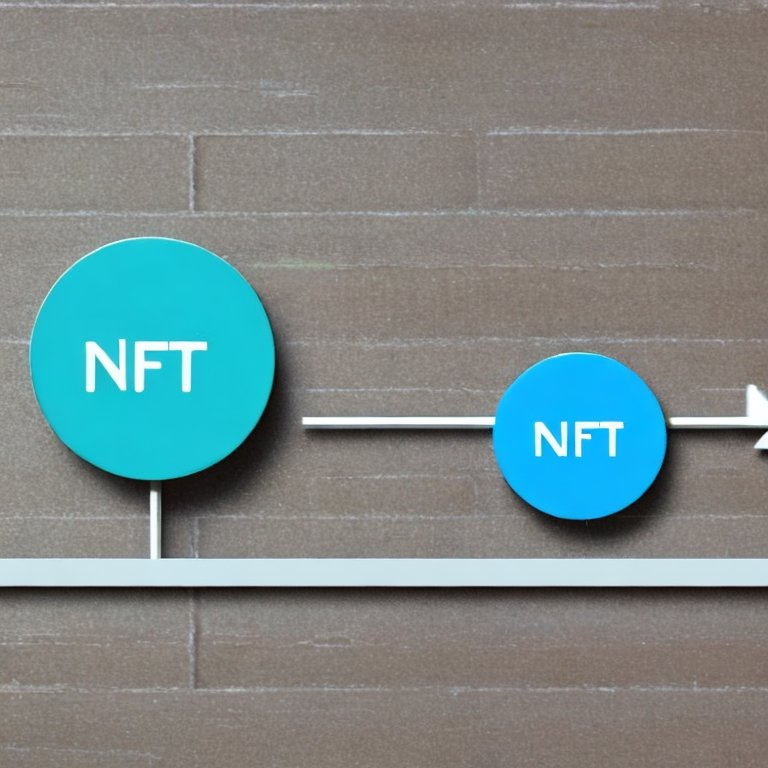
Are NFTs worth buying and investing in?
NFTs have gained popularity and attention in recent years, particularly in the world of art and collectibles, where they offer a new way for creators and collectors to monetize and invest in digital content. However, like any investment, NFTs come with risks, including volatility, potential regulation, and security concerns.
It’s worth noting that the NFT market is still relatively new and emerging, and there is a lot of uncertainty around the long-term value and potential for growth. Additionally, the NFT market has been criticized for its environmental impact and accessibility concerns.
If you are considering investing in NFTs, it’s important to do your own research, carefully consider the potential risks and benefits, and consult with a financial advisor who can provide personalized advice based on your specific financial situation and investment goals.
So, here are some suggestions might help you :
Scarcity: NFTs are unique and scarce, which can make them valuable to collectors and investors. Each NFT represents ownership of a specific digital asset, and there is a finite supply of each NFT.
Authenticity: NFTs are verified on a blockchain, providing proof of ownership and authenticity. This can provide additional value to collectors and investors who want to be sure that they are investing in a genuine asset.
Potential for appreciation: Like any investment, the value of an NFT can fluctuate over time, and there is potential for the value of an NFT to appreciate as demand increases.
Diversification: Investing in NFTs can provide diversification to a portfolio, as they are a unique and distinct asset class that is not correlated to traditional investments.
However, it’s important to note that the NFT market is still new and emerging, and there are potential risks and uncertainties associated with investing in NFTs, including volatility, regulation, security, and environmental concerns. As with any investment, it’s important to carefully consider the potential risks and benefits before making any investment decisions, and to seek professional advice as needed.
